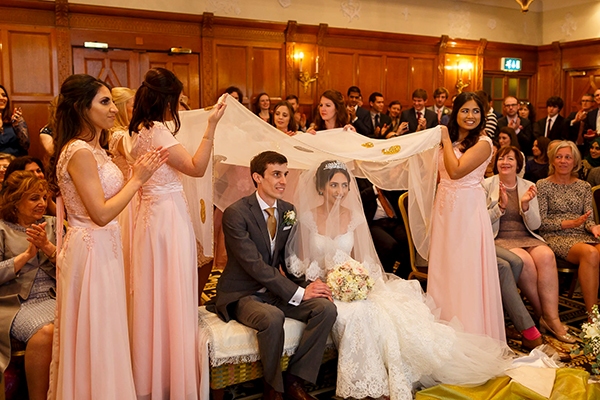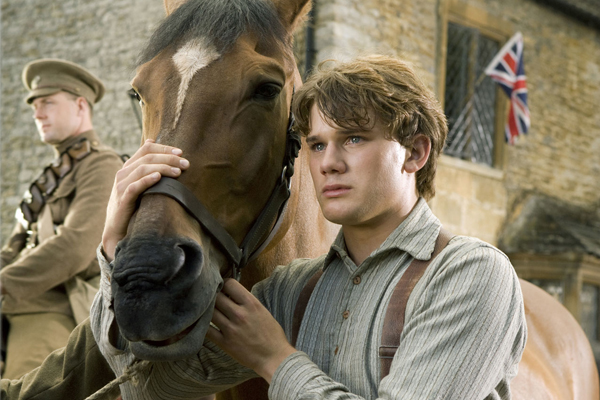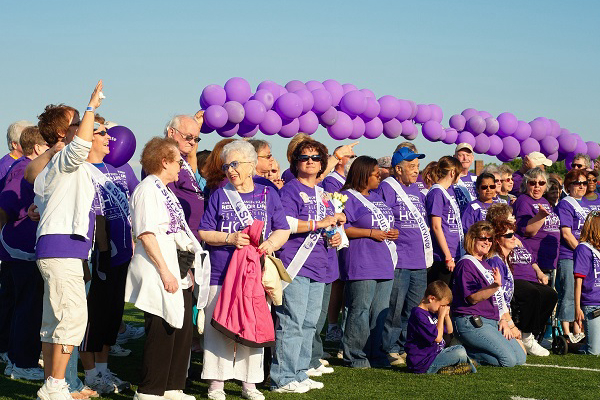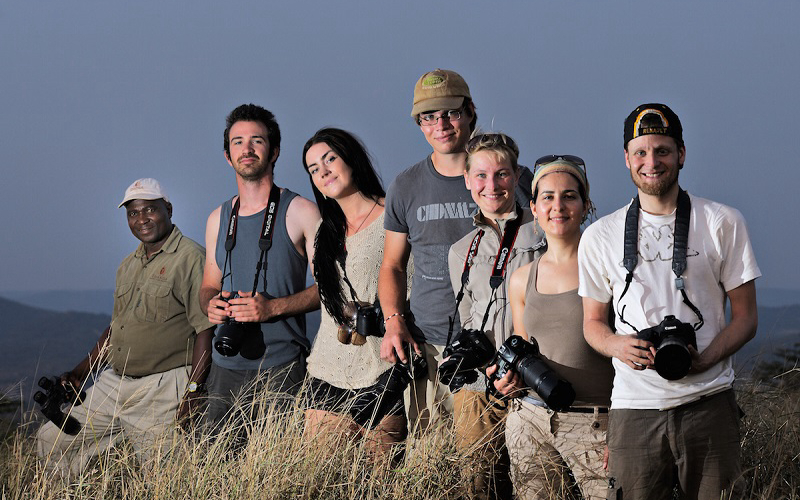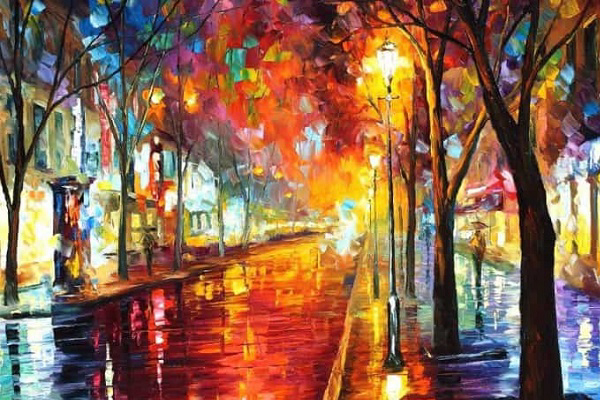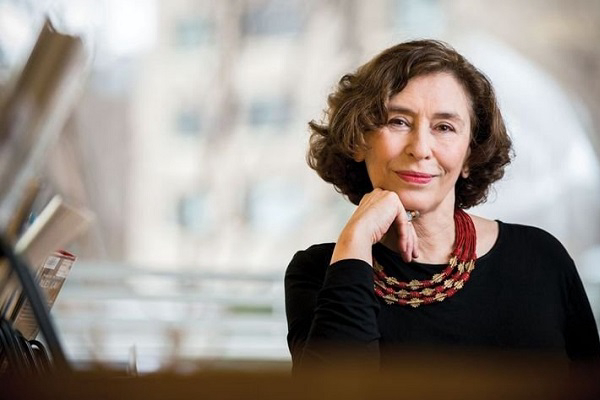Right here in Southern California we have a wonderful museum that has much more to offer than you would think. Bowers Museum, which opened back […]
Read more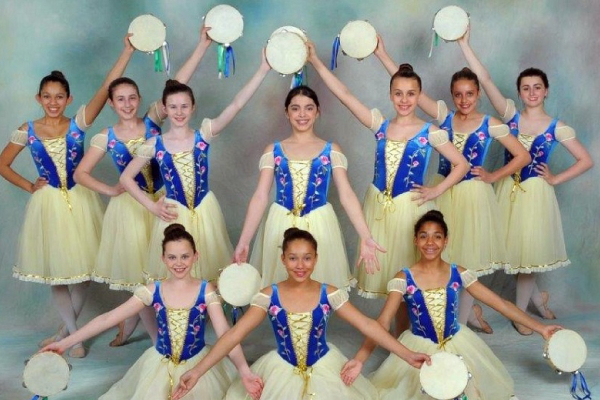
Pro Dance Center
It was 5 PM sharp as we entered Pro Dance Center in Irvine. There were a group of little ballerinas gathered after their class waiting for their parents to pick them up. Their happy, energetic faces were lit up and full of energy! Today we were meeting with Nasser Maddi, the owner of this center and a professional dancer with 16 years of experience from Belgium, choregraphing for music industry pros in Europe. His dance experience includes: 14 years of hip hop, break
dance and control dance; 7 years of Cuban salsa, Rue da, and meringue; 3 years jazz; and 1 year of ballroom. Nasser’s wife Maryam Sadollahy, married four years, is the friendly face you will see in the waiting room helping out, keeping things running smoothly and making sure everyone leaves happy!
Nasser was getting ready for his next class with two of his young dancers, Mel, 24, and Molly, 18. Both of the girls are members of Nasser’s performing group called the Pro Dancers. This group of professional dancers perform for video clips, films, celebratory functions, parties, and festivals. Today the dancers happily posed for our photographer and showed us their energetic moves!
Pro Dance Center offers classes like Salsa, Belly Dancing, Hip Hop, Persian, Freestyle, Ballet, Mommy & Me and more.
So make sure you stop by the Pro Dance Center in Irvine and take advantage of the special 10% discount off the first time sign up fee as well as a free first class… exclusively for OCPC readers! And while you’re there, make sure you stop by the Pro Dancewear Boutique where you can find an eclectic selection of dance gear as well as gift items!


